Silk and Metal-thread Brocade of Nakhon Si Thammarat Province
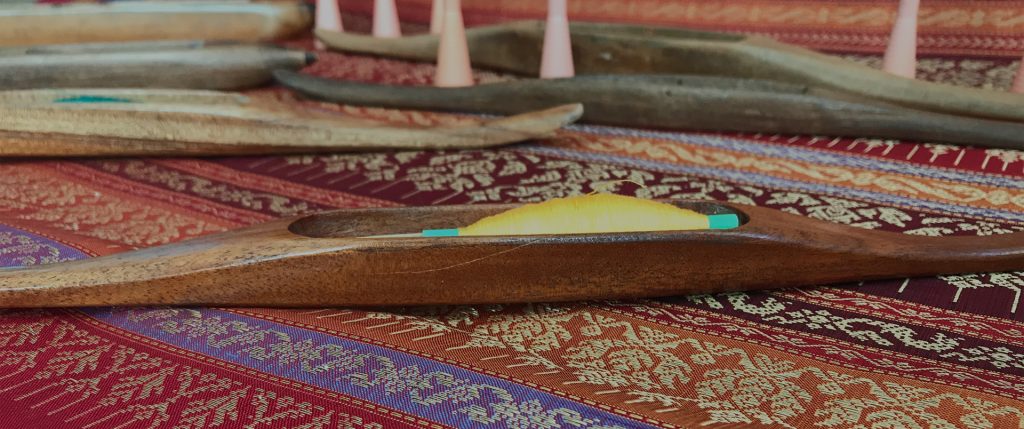
[cr.tradingvillagesouth.com]
Malay weavers had been supplying elegant gold and silk brocades, called pha yok (ผ้ายก) in Thai, to the Siamese (Thai) court since at least the 18th century. During the early 19th century, a group of Malay weavers brought the craft to Nakhon Si Thammarat province in Southern Thailand, sharing their skills with local women. Soon, Nakhon Si Thammarat became famous for its gold brocades. At the court of Bangkok, floral patterned pha yoks were worn either wrapped and tucked to form puffy breeches (chong kraben: โจงกระเบน) or as long skirt with elaborate front pleats. The special cloths were also used as costumes for court dances and dramatic plays. By the end of the 19th century, however, decreasing demand led to the gradual decline of weaving skills and production levels. By the 1980s, only one family weaving pha yok remained in the province. Eventually, the art vanished from Nakhon Si Thammarat, but still survived in other parts of Thailand.

[cr. Queen Sirikit Museum of Textiles]
The Crafting Process
A single piece of pha yok requires the hands of many skilled craftsmen to complete. The crafting process is lengthy and extremely labor intensive. The threads used to make the cloth are divided into two kinds: 1) silk threads and 2) metallic threads. One cloth consists of at least 4,000 threads of silk. The metallic threads are made out of materials such as gold (which is the most favored) and silver.
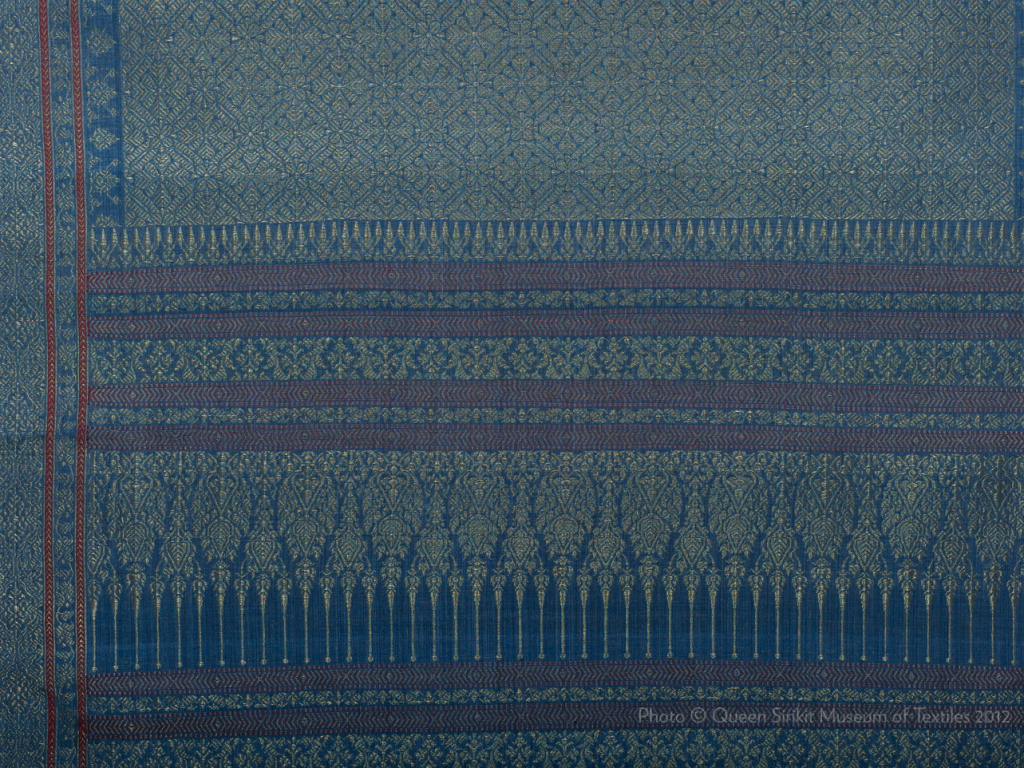
Brocade details [cr. Queen Sirikit Museum of Textiles]
The loom used for weaving pha yok is larger than looms used for other textiles. Thus, it must be controlled by several weavers, working together with coordinated precision. While a set of weavers manipulate the loom, another set of weavers stand by, observing any glitches that may arise. Once an error is observed, it must be corrected right away. It takes only a single mistake to ruin the entire piece of cloth.
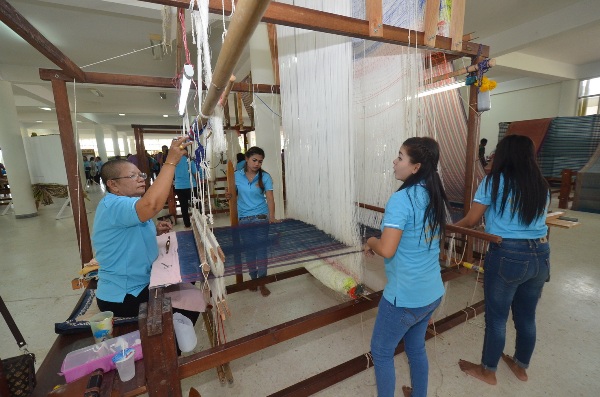
Setting the loom [cr. Star Update]
Revival and Preservation
In 1922, His Majesty Bhumibol Adulyadej inaugurated a development project in the Pak Phanang River Basin in Southern Thailand, to mitigate the constant flooding experienced in the area. The following year, His Majesty paid a visit to Baan Neun Thammang in the region, a village so remote and isolated that it was then unknown even to provincial officials. Accompanying him on this trip was Her Majesty Queen Sirikit, who founded the SUPPORT Foundation in 1976 to preserve traditional crafts and help struggling communities to gain extra income through crafts-making.
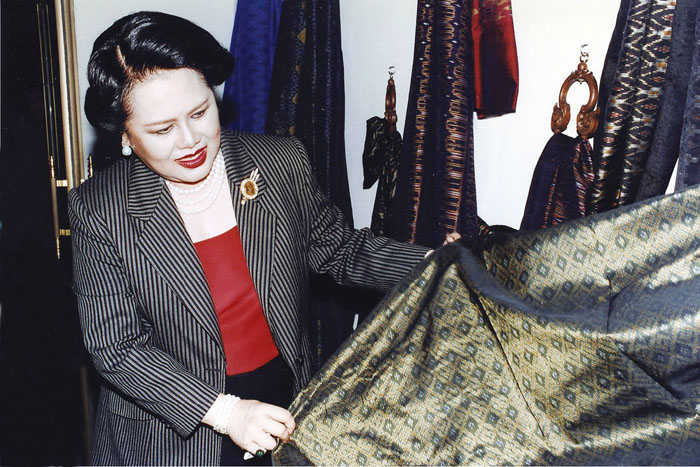
Her Majesty Queen Sirikit [cr. Prachachart]
Flooding at Baan Neun Thammang, which is situated in a peat swamp, had not yet been brought under control. The village’s residents – mostly rice farmers struggling with low yields due to their acidic soil – were very poor. As a result of what the King and Queen learned during their visit, a SUPPORT center was established in 1994 to serve Baan Nuen Thammang and neighboring Baan Trok Kae. The center trained local women in jute processing, embroidery, artificial flower-making, and silk and cotton weaving.
Her Majesty again turned Her attention to Baan Nuen Thammang in 2007, as a result of Her effort to revitalize Khon (โขน) – a traditional form of dance-drama that is closely tied to the royal court. The costumes of this theatrical art required the use of pha yok from Nakhon Si Thammarat, which had already become a lost technique by the time of Her Majesty’s revival project. As a result, Her Majesty decided to select a small group of weavers at Neun Thammang and Baan Trok Khae to receive special training from pha yok weavers from Surin – a province in Northeastern Thailand that is also famous for gold brocades. This effort successfully revived pha yok weaving in Nakhon Si Thammarat province, bringing the craft back to where it had originated in the country. The first of these new versions of historic court brocades came off the looms in Nuen Thammang and Baan Trok Khae in 2011.
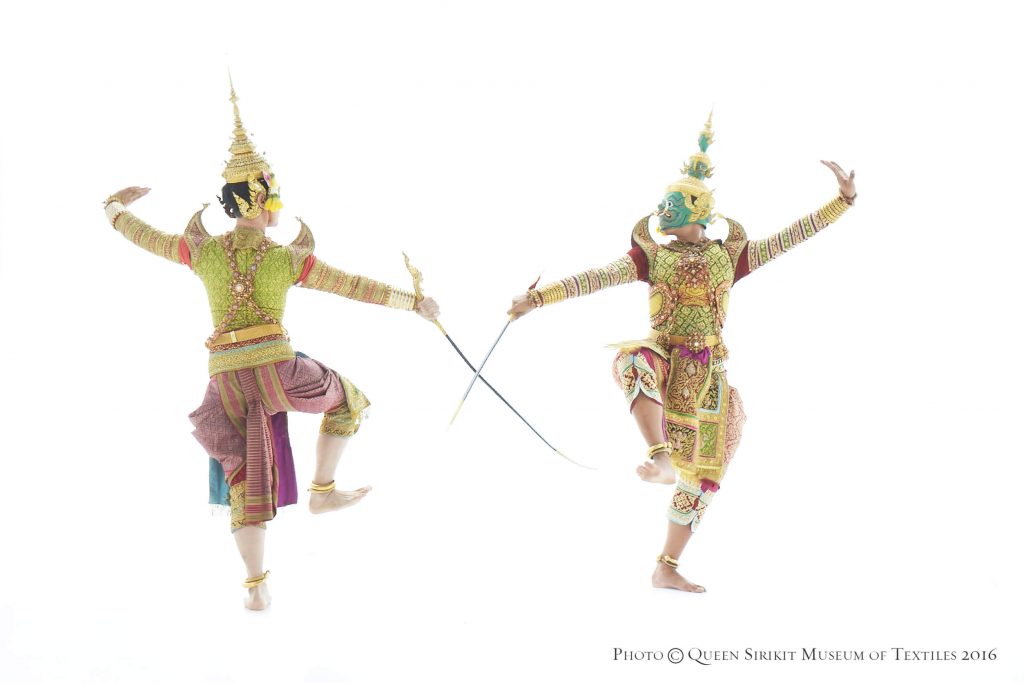
Khon dancers [cr. Queen Sirikit Museum of Textiles]
Today, pha yok has returned to its status as a famed product of Nakhon Si Thammarat province. The textile is considered a high-end, luxurious good, sought after by collectors from all over Thailand and even abroad.
Gallery
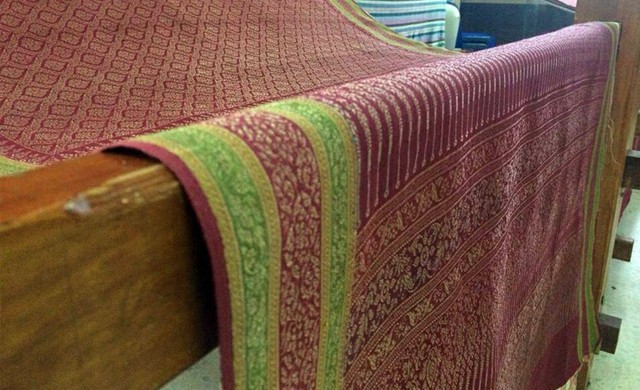
[cr. Star Update]
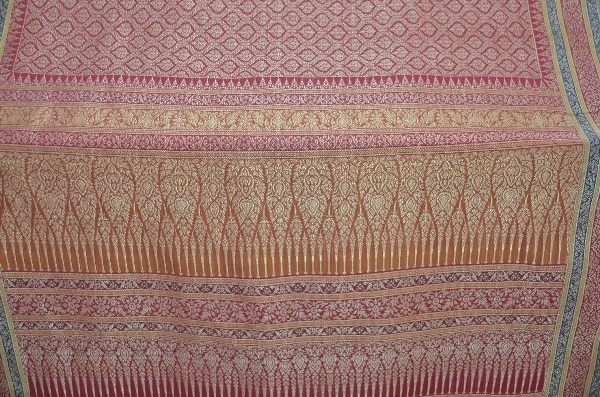
[cr. Star Update]
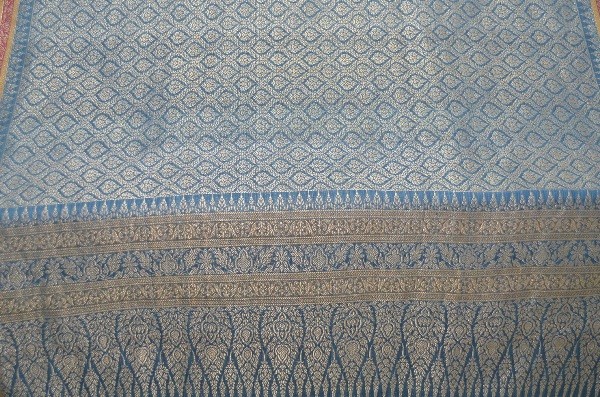
[cr. Star Update]
 [cr. Queen Sirikit Museum of Textiles]
[cr. Queen Sirikit Museum of Textiles]
*This article was created with special help from the Queen Sirikit Museum of Textiles
References
- For the Love of Her People Her Majesty Queen Sirikit Creates the SUPPORT Foundation by the Queen Sirikit Museum of Textiles
- Department of Cultural Promotion, Ministry of Culture


